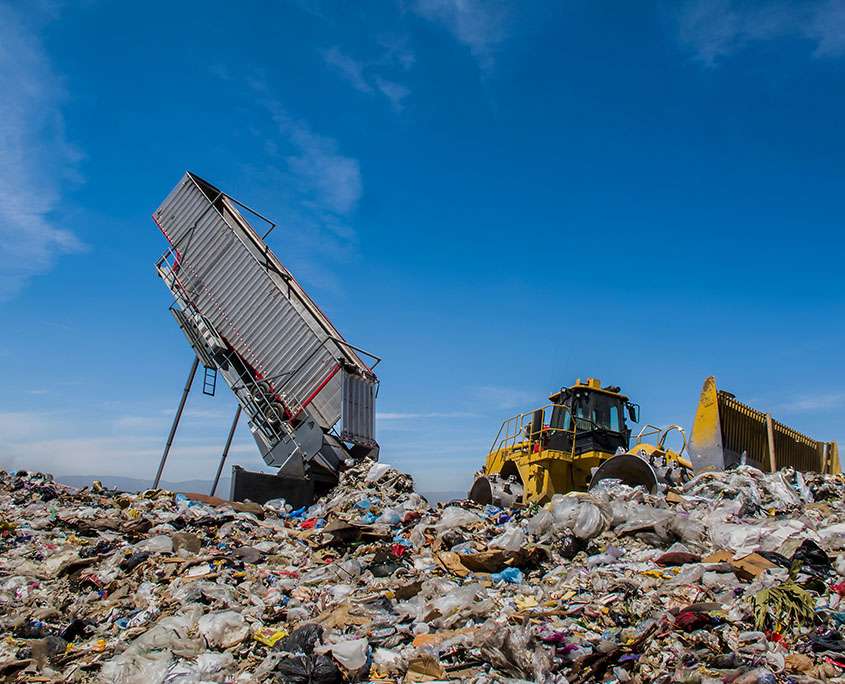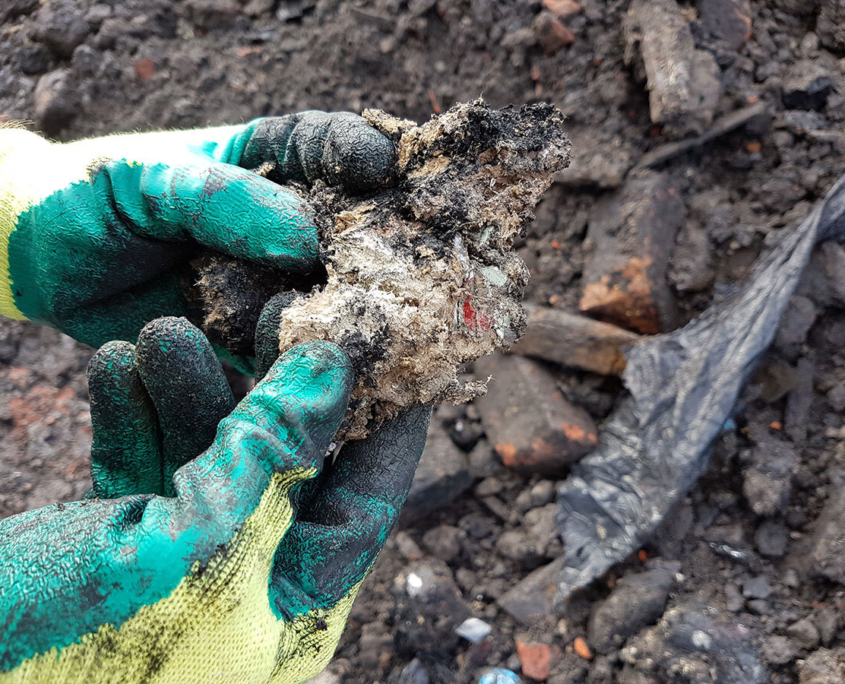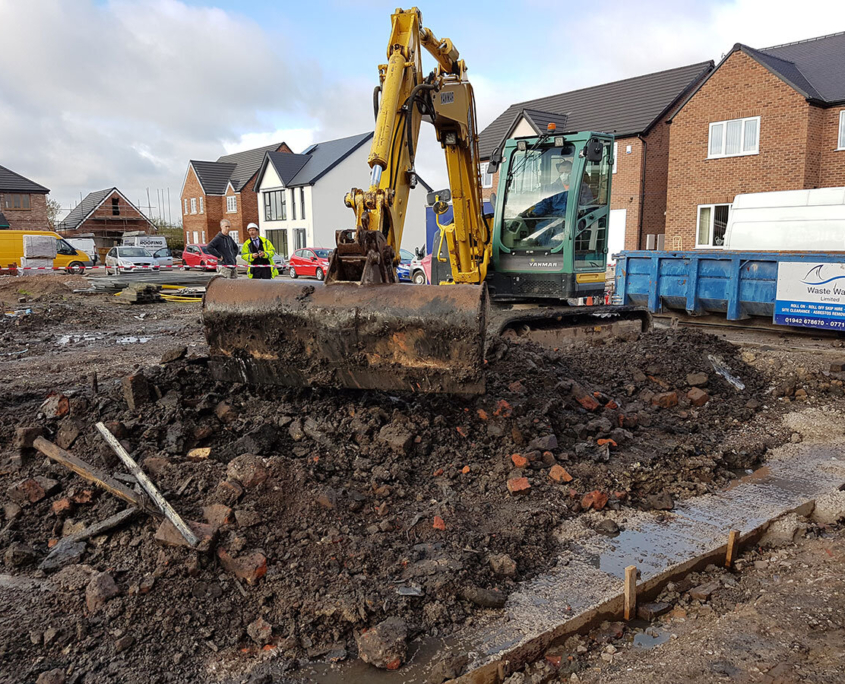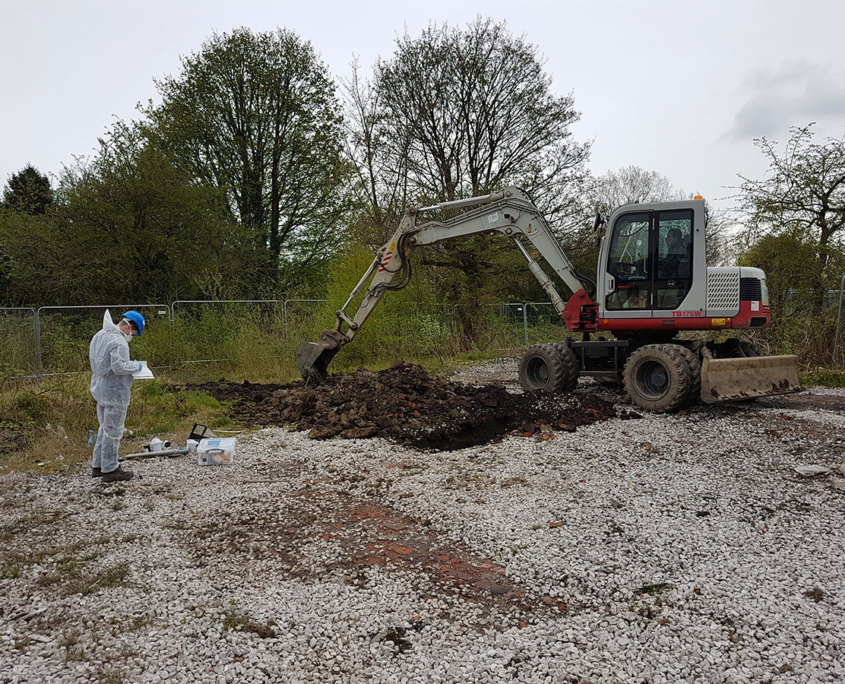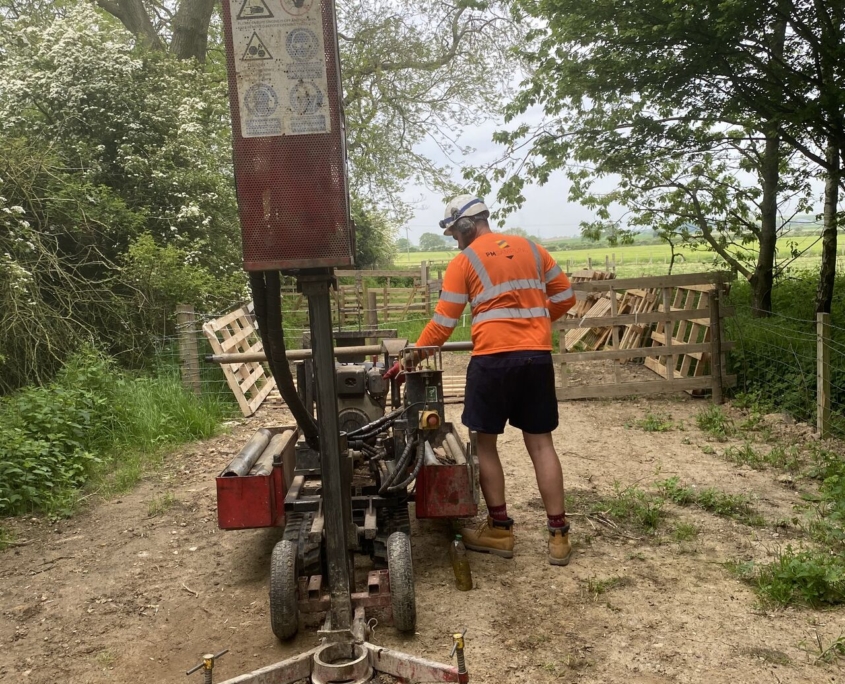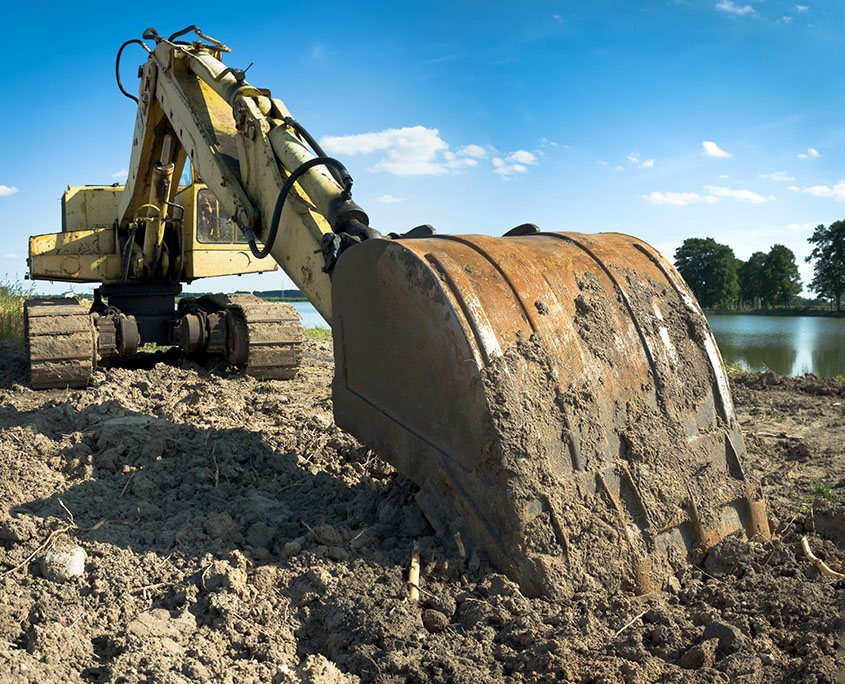What is the Process of Soil Waste Classification?
Waste soil classification is the process of characterising and categorising soil that could be discarded by disposal to landfill or reused on a different site. The process applies to all ‘excess’ soils even if it is not classed as contaminated by current or historic activity. Soil Waste Classification Testing is the first step in the waste disposal process.
The Environment Agency’s Technical Guidance document for the classification of waste is the WM3 Assessments.
Waste classification and assessment procedure
Stage 1 – Classify the Soil Waste
Classify the waste and identify its hazardous properties
You need to classify each waste so you can describe it.
The classification:
- must be worked out before the waste is moved, disposed of, or recovered
- must be included on waste documents and records
- determines the controls that apply to the movement of the waste
- is needed to identify a suitably authorised waste management option
Some examples of the classification of common wastes (for England) are provided here
In order to allow for soil waste to be disposed of, e.g. to landfill, waste carriers and landfill operators will require detailed chemical analysis and an accurate classification (hazardous or non-hazardous) of the waste.
Steps to Classifying the Waste
- Check if the waste needs to be classified
- Identify the code or codes that may apply to the waste
- Identify the assessment needed to select the correct code
Steps to Assessing the Waste
- Determine the chemical composition of the waste
- Identify if the substances in the waste are ’hazardous substances’ or ’Persistent Organic Pollutants’
- Assess the hazardous properties of the waste
- Assign the classification code and describe the classification code
Soil waste classification for landfill disposal will involve analysing soil for a range of contaminants, including heavy metals, inorganics and hydrocarbons. An understanding of the development sites’ historic activities and current usage is essential. The soils will be subject to laboratory analysis, the scope of the analysis will be advised from a phase 1 desk study which will highlight potential contaminants and hazards that need to be tested for.
The waste will end up classified as either:
• Hazardous waste with the waste code 17-05-03 (soil and stones containing hazardous substances)
• Non-hazardous waste with code 17-05-04 (soil and stones other than those mentioned in 17-05-03)


